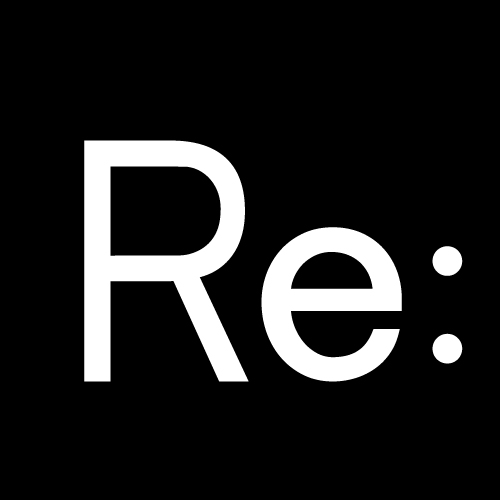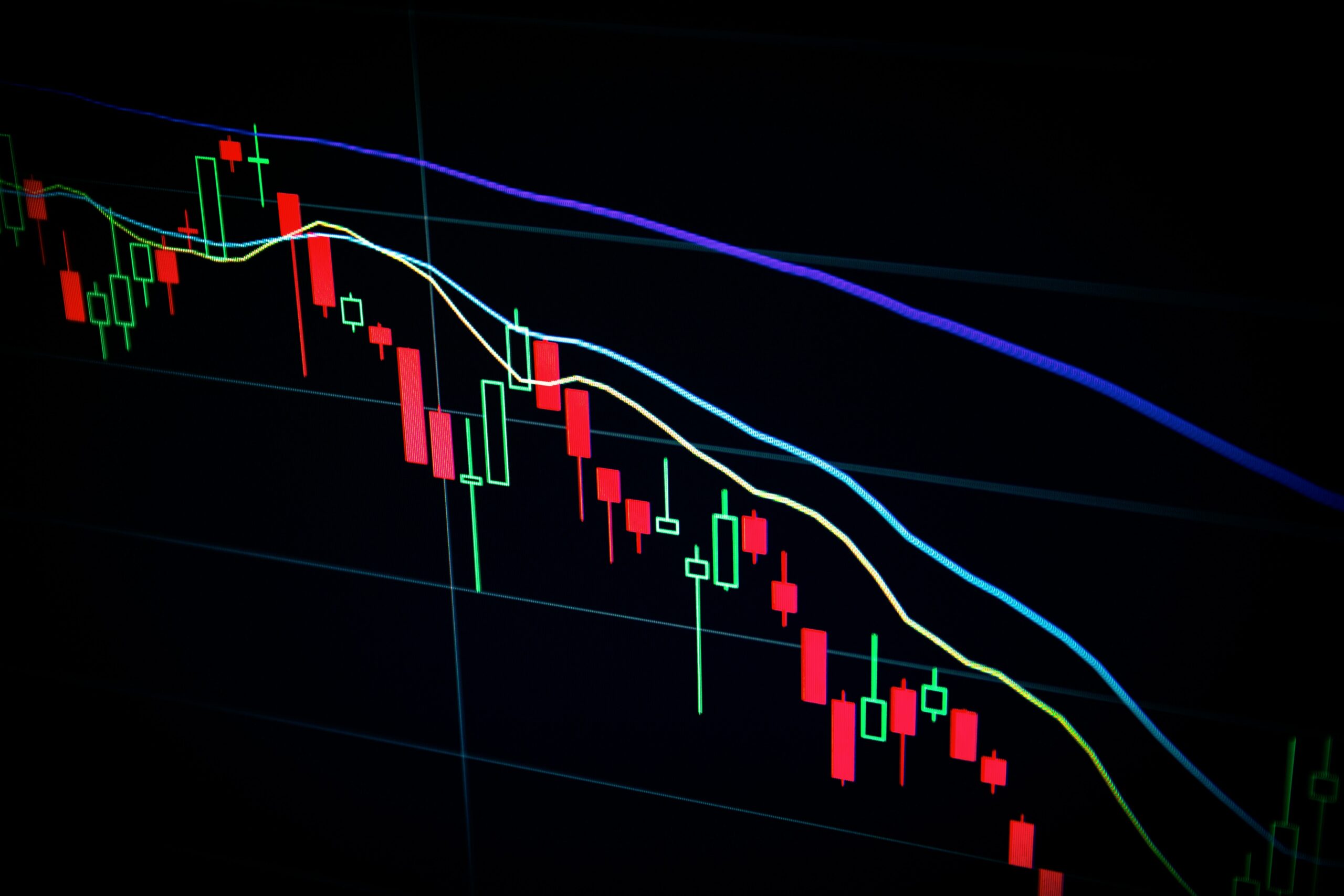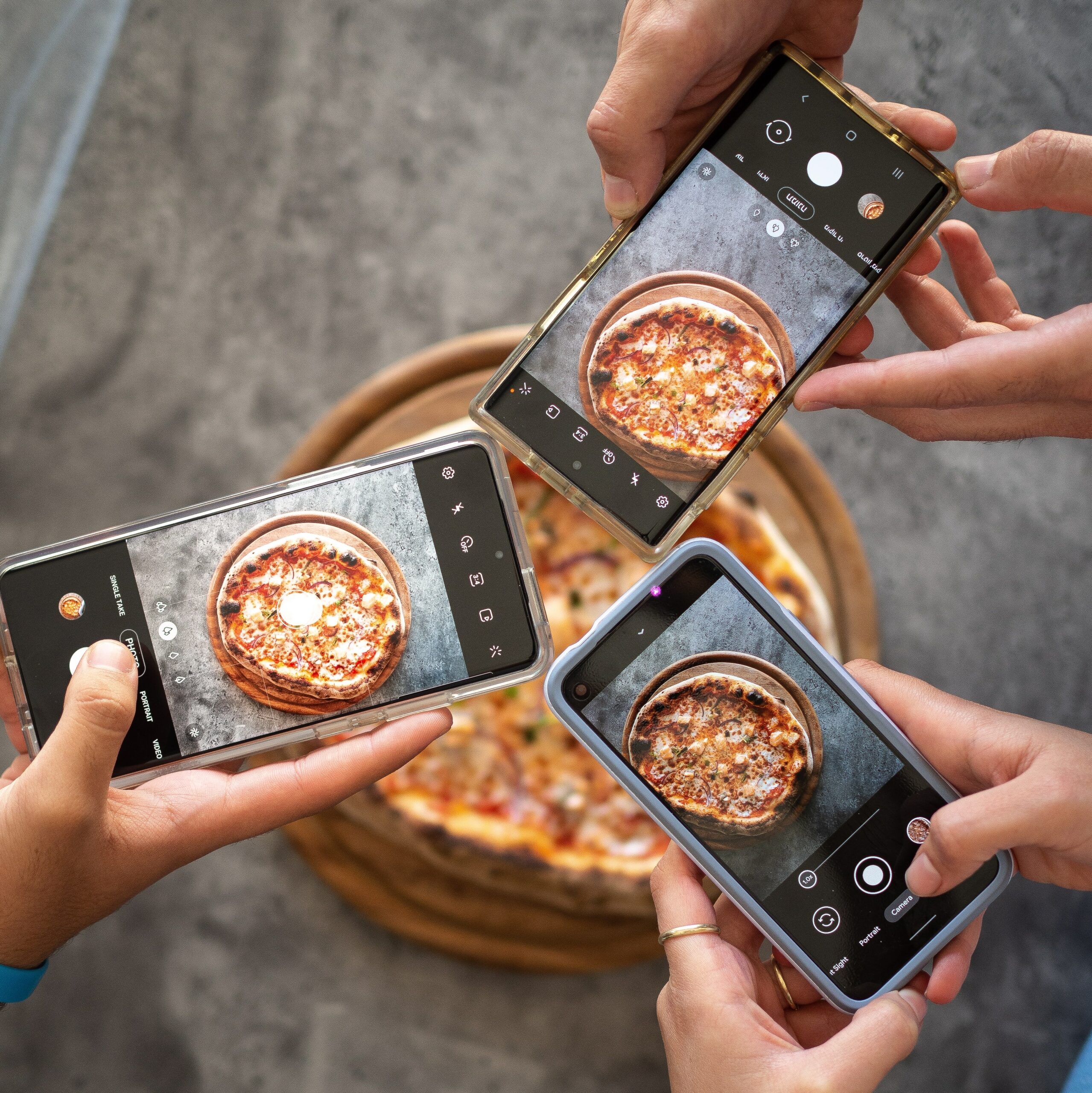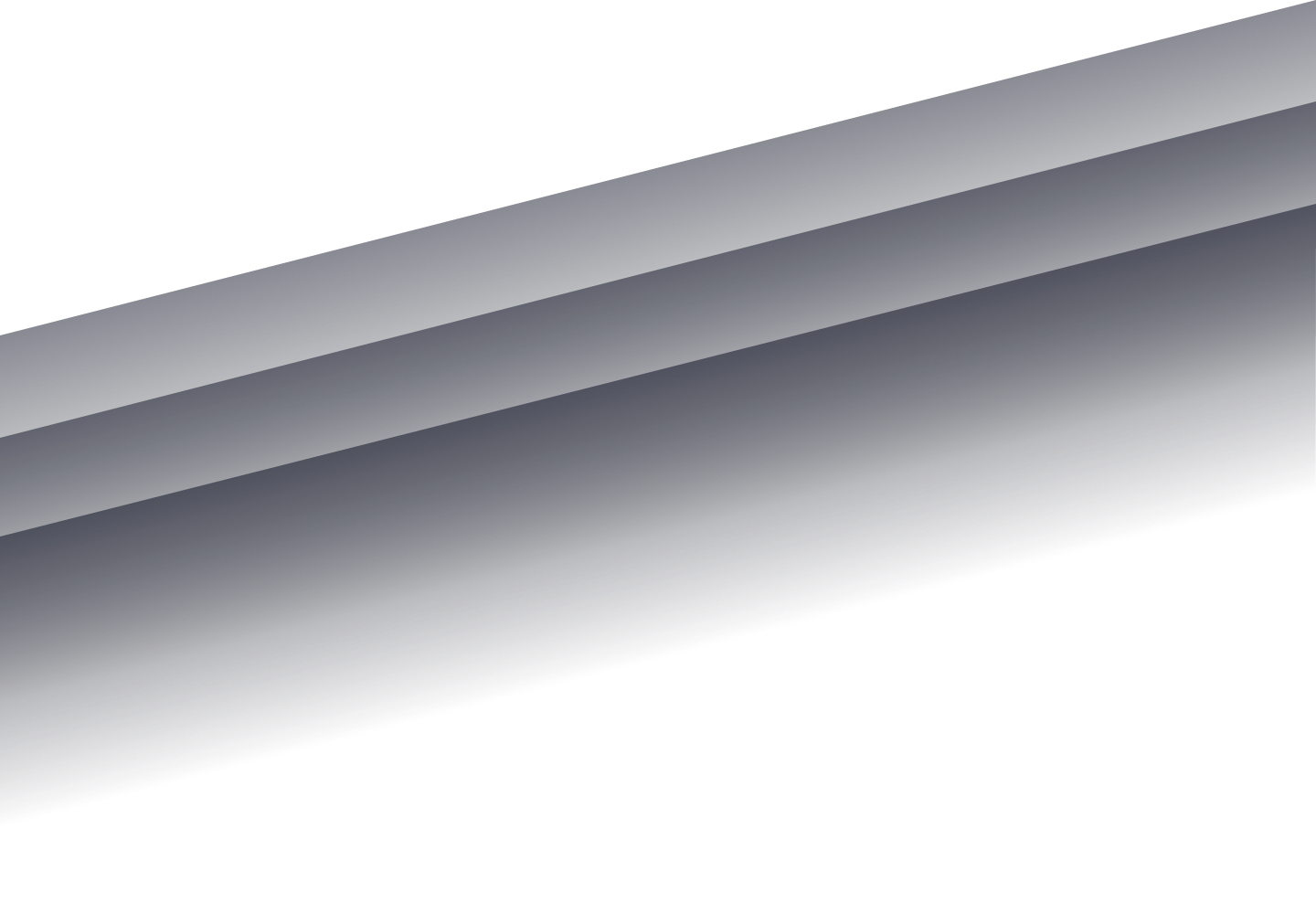Since the start of the pandemic, 52% of DTC brands experienced surges in demand, and the trend does not look like it will slow down anytime soon. Established brands like Cadillac, Pepsi, Kraft Heinz, and Impossible Foods all jump-started their DTC programs since March of 2020, and new DTC brands are attempting to cement their presence in a time when the shift to DTC sales were up to $14.3 billion in 2019, and expected to reach over $18 billion over Q1 2021.
However, many marketers aren’t as familiar with this space as they could be. There are different rules and expectations when a customer seeks out a DTC experience from a company. For getting the word out about a new or existing DTC platform, organic social, web, and email communications are not ideal: you as the marketer are relying on the social platform’s algorithm or trusting that the customers you want to attract already follow or subscribe to you. Conversely, paid social posts drive attention and traffic to DTC platforms from customer demographics you want to attract but who may not know about your product yet.
What Can Paid Social Media Do That Organic Can’t?
From March to June 2020, social media’s impact on company performance shot up 27.3% due to the increased number of users spending time online. Consequently, social media ad spending nearly doubled from 13.3% of total marketing budget to 23.2%, where it’s expected to stay.
That increased budget was split between retaining current customers and acquiring new ones, however the latter is where paid social really shines. You can’t reach new customers organically if they don’t already know about you.

CMO use of social media during COVID-19 – MarketingCharts.com
Additionally, paid social media allows you to curate and learn from new and existing customer relationships by gathering quality first-party data. Relationships are what drneeds and behaviors at both deep and comprehensive levels are what will solidify those relationships. There ive DTC sales and understanding your customers’ are many benefits to first-party data over data gathered in other ways, but at the most basic you can ensure that the data is of a high quality and relevant to your product.
Of course, different users are active on different platforms, and you can use that first-party data to micro-target the audience your company wants to attract. A 40-year-old mom of three from Oregon will be more likely to use Pinterest, while a socially active Generation Z user will likely be found on Twitter or TikTok. Your message can be tailored to each demographic once you know exactly what they’re looking for from your DTC platform. Organic social has more of a blanket-message effect.
In short, different platforms can be used to speak to your customers at different points in their brand awareness journey, but paid social is almost always more effective earlier. Use paid social to capture new audiences and reinforce the DTC experience mentioned in organic social, on website hero, and in email campaigns.
How to Leverage Paid Social for DTC
Letting likely customers know your brand has a DTC option is the number one priority when getting a new program off the ground. DTC titans such as Casper, Dollar Shave Club, and Bonobos have years of experience and marketing teams laser-focused on getting their names out to associate them with quality. Of course, newer programs will have to fight for their place among so many others forced to adapt to the changes brought on by last year’s pandemic.

“With the benefit of a quality product, however, the main hurdle is awareness.”
The top ways that internet users hear about DTC brands are through paid social ads (34.6%), online search (24.8%), and word-of-mouth (16.4%). Organic media does not feature in the top methods of discovery. The need is great, however. DTC brands reported only a 22% drop in sales since March 2020, compared to an 80% overall drop among traditional retailers.
Don’t forget about rising social platforms, either. In general, legacy platforms will have a large user base, more refined tools for micro-targeting, and high paid media costs. Up-and-coming platforms often cater to a more defined demographic and are less expensive to advertise on. Steller utilizes Instagram-style user-generated stories, but caters to photographers, amateur videographers, and travel bloggers. EyeEm is another platform geared toward creators, where brands can create “missions” for creators to pursue, with small rewards based on completion and larger ones if you as the brand choose to utilize their content. These are just a few examples of newer social platforms that can be used to raise brand awareness among (and a deeper understanding of) your target audience.
Outsourcing your supply chain, which most DTC platforms do, means that you’re giving up some control of the process. However, if your brand does its due diligence to make the buying and delivery process straightforward and the whole journey is a positive one, you can use paid social to spread positive reviews and stand out from the crowd.
Become Future-Resilient with DTC + Paid Social
Growth into this area requires time, attention, and budget, but it is worth investing in to create sustained long-term viability when other distribution and messaging methods look increasingly unstable. To grow a new or existing DTC platform, you must go to where your audience is, and marketers can do their brand a disservice by relying solely on organic social media; the competition for attention is too great.
Acquisition costs for DTC consumers are generally high, so leverage that first-party data to ensure the messaging and target audience line up. Your audience wants you to find them. Everyone in 2021 is looking for ways to make their lives easier within the new paradigm, and many consumers are choosing to find this in subscription and delivery models. Use paid social media ads to understand who you’re talking to, why they want your product, and where they spend their time to make sales and grow your DTC platform.















